18 Best 80s Arcade Games
They certainly don’t make them like they used to. There was nothing like going to an arcade on a Friday or Saturday night with your friends, spending rolls of quarters and getting hyped up from video games. Now when we look at these giant machines, they bring back a lot of memories as well as how much money we spent. But it wasn’t all for nothing; the best video arcade games came out in the 80s.
Whether or not you were a kid in the 80s, you’ll still love these simple but addictive arcade games, including Ms. Pac Man, Super Mario Bros., Galaga, Frogger and so much more. In short, this was the golden era of arcade games as many bars and restaurants today still have them. They may not be taking quarters anymore, but for a flat fee, you can play as long as you want.
Here’s a list of our favorite 80s arcade games. Which one was your favorite growing up?
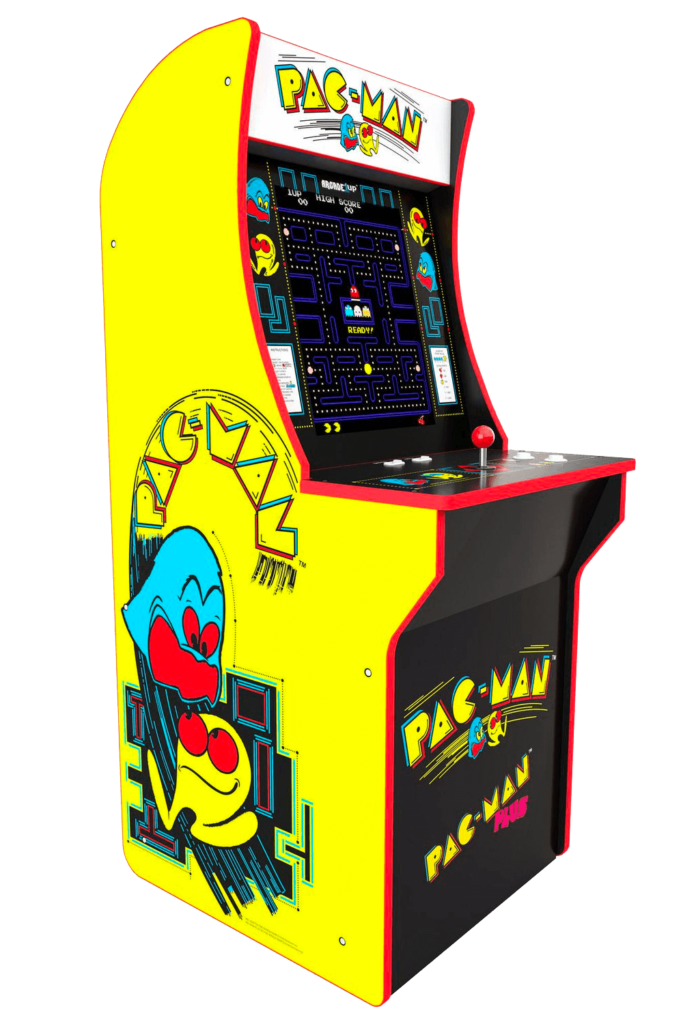
1. Pac-Man (1980)
Developed in 1980 by Namco, Pac-Man was the original Japanese title Puck-Man, and was changed for international releases to prevent against people writing P instead of an F on the arcade machines. It was also published by Midway Games outside of Japan as a part of its licensing agreement with Namco North America.
The player is tasked with controlling Pac-Man, who must eat all the dots in the maze while avoiding four colored ghosts. Pac-Man can also eat the four flashing dots, or “energizers”, which causes the ghosts to turn blue and be eaten for bonus points.
By the way, you can play this game on Google if you simply search “Pac-Man”!
2. Galaga (1981)
Developed in 1981 by Namco and released in North America by Midway Games, Galaga is the sequel to Galaxian, which came out in 1979, Namco’s first big hit in arcade games.
Starting out with 3 lives, the player must destroy Galagan ships in each stage while avoiding their enemies and their shots. But be careful, you can become abducted and lose one of your ships. But if you have one or two to spare, you can rescue your old ship by destroying the abducter enemy and have “dual guns”, shooting two at a time instead of one.
3. Super Mario Bros. (1983)
While it’s most popularly played on Nintendo game systems, Super Mario Bros. was originally developed and published for arcades by Nintendo in 1983. This legend was designed by Shigeru Miyamoto, his coworker and Nintendo’s chief engineer Gunpei Yokoi. The game features Mario, an Italian-American plumber and his brother, Luigi, who must exterminate various creatures coming out of the sewers by flipping them on their backs and kicking them away.
The original versions of this game - both arcade and NES - were a huge hit among fans and critics. There’s also an updated version of Mario Bros. that’s included as a mini-game in each of the Super Mario Advance series as well as many other games.
Of course, it’s also been released for each of Nintendo’s newer systems, the Wii, Nintendo 3DS, Wii U and Nintendo Switch Online.
4. Frogger (1981)
Originally published in 1981 as an arcade game developed by Konami and published by Sega, Frogger was published jointly in North America by Sega and Gremlin Industries. The objective was to direct the frogs to their homes across busy streets and a river full of hazards.
Since its first success, Frogger was made into a ton of sequels and clones. By 2005, the game had sold over 20 million copies worldwide, including 5 million in the United States. It also found its way into pop culture, including music and TV.
5. Donkey Kong (1981)
Released by Nintendo in Japan in 1981, Donkey Kong is considered one of the most popular arcade games of all time. It was also the latest in a number of efforts by Nintendo to make an impact in the North America market. Hiroshi Yamauchi, who was Nintendo’s president at the time, assigned a large project to first-time video game designer, Shigeru Miyamoto. Using already popular drawings from Beauty and the Beast, Popeye, and King Kong, Miyamoto developed the game alongside Nintendo’s chief engineer, Gunpei Yokoi.
The objective was to maneuver a character called Jumpman (later named Mario) through a construction site while jumping over and avoiding obstacles to rescue a damsel in distress, Pauline (later named Peach). Both the hero and ape later became two of Nintendo’s most popular characters.
6. Centipede (1980)
Another wildly popular 80s fixed shooter arcade game developed and published by Atari, Inc. Centipede was one of the most commercially successful games of the golden age of arcade video games.
The objective was to control a moving shooter pod to fight off centipedes, spiders, fleas and scorpions and complete the round after destroying the centipede before it winds down the playing field. There was also a sequel to this game in 1982 called Millipede.
Systems advanced as the Game Boy Color also had this game produced. Finally, there was a short-lived game.com version developed by Handheld Games and published by Tiger Electronics, although it wasn’t as successful.
7. Ms. Pac-Man (1982)
Sequel to the 1980 maze arcade game Pac-Man, it was developed by General Computer Corporation and published by Midway, instead of Namco. Tasked with the same objective of eating the dots in an enclosed maze while avoiding four ghosts, there’s not much difference between this game and the original, other than the fact Ms. Pac-Man has a bow and goes through a different maze.
Originally, General Computer made the game as a modification kit for Pac-Man, called Crazy Otto. But after facing severe litigation from Atari, they were forced to present the project to Midway, the North American distributor, who later purchased the game. After considering multiple names, including Super Pac-Man, Miss Pac-Man and Mrs. Pac-Man, they all settled on Ms. Pac-Man.
8. Dig Dug (1982)
Seems like all the good games came out during the early 80s, including the legendary Dig Dug. Similar to Pac-Man and Ms. Pac-Man, this is also a maze arcade game published by Namco and distributed by Atari, Inc. in North America and Europe. The player is tasked with using the titular character to defeat all enemies in the stage by either inflating and popping them or crushing them under big rocks.
Dig Dug ran on the Namco Galaga arcade board and included in a number of game compilations for various systems. No doubt, it was at almost every arcade waiting to eat up those quarters. The game’s characters also appear throughout the Mr. Driller series, which is on the Dig Dug gameplay.
9. Defender (1981)
Developed and released by Williams Electronics in 1981, Defender is a horizontally scrolling shooter game that’s set on either an unnamed planet or city (depending on the platform) where the player is tasked with defeating waves of invading aliens while protecting astronauts. Eugene Jarvis, who was also a pinball programmer at Williams, was the lead developer, using inspiration from Space Invaders and Asteroids to put this game together.
Defender was also included as one of the most important games of the golden age of arcade videos games, selling over 55,000 units to become the company’s best-selling game as well as one of the most highest-grossing arcade games. It’s also used as one of Jarvis’ best contributions to the video game industry as well as one of the most difficult video games to play. Defender of course had a number of sequels but with limitations.
10. Tempest (1981)
Designed and programmed by Dave There, Tempest takes place on a three-dimensional surface, but sometimes wrapped into a tube, which is viewed from one end and divided into either 15 or 16 lanes, depending on whether the tube’s shape was open or closed. The player is tasked with controlling a claw-shaped blaster that sits on the edge of the surface and snaps between segments as they turn a rotary knob.
This game was of the first game’s to user Atari’s Color-QuadraScan vector display technology as well as the first to allow players to choose their starting level. The new features increased the maximum starting level depending on their performance in the previous game, allowing them to move forward. Finally, it was one of the first video games with a progressive level design where varying levels would give the player a different layout with an increased difficulty.
11. Star Wars (1983)
Definitely can’t leave out Star Wars from our list of best 80s arcade games! The very first Star Wars game to come out was at an arcade as a first-person rail shooter. Designed by Mike Hally and released by Atari, Inc. in 1983, Star Wars was developed during the golden age of arcade games and is considered one of the best 80s video games of all time.
Special game features included voices from the movie, including Luke Skywalker (Mark Hamill), Obi-Wan Kenobi (Alec Guinness), Darth Vader (James Earl Jones), Han Solo (Harrison Ford), Wedge Antilles (David Ankrum), R2-D2 and Chewbacca.
Players take on the role of Luke Skywalker (“Red Five”), piloting an X-Wing fighter from a first-person point of view. Instead of destroying every TIE Fighter and gun turret, they have to survive for a specific amount of time avoiding enemies and their gunshots. They begin with six shields, which are lost one by one as they collide with an enemy or their fire shots. Once they lose all their shields and are hit again, the game is over.
12. Dragon’s Lair (1983)
While not the most popular game around, Dragon’s Lair was known for having far superior graphics compared to other video games at the time. It was created by Rick Dyer and Don Bluth and was famous for having a Western animation style.
In addition to being made into a TV and comic book series, Dragon’s Lair was made for a number of platforms, however, no system could reproduce the same quality of graphics as LaserDisc (CD). There were also sequels, including Dragon’s Lair II: Time Warp, which was released in 199ith stellar graphics. But poor controls and limited interactivity kept it from reaching any list of best video games.
13. Q*bert (1982)
A strange name for such a wildly popular name, Q*bert was developed and published by Gottlieb in North America. It’s a 2D action game that incorporates puzzle elements and uses isometric graphics to instill a pseudo-3D effect. The player is tasked with changing each cube within a pyramid to a target color by making Q*bert, the on-screen character, hop on top of the cube to avoid his enemies and obstacles.
Q*bert was also Gottlieb’s most successful video game as it was well received among video game fanatics and critics as well as making its way into the golden age of arcade games. It’s been created for a number of platforms as its success fueled sequels and merchandise, including toys, lunch boxes and a TV series. Although the Q*bert character became known for his swearing as a speech balloon of random characters would appear along with a synthesized speech from a sound chip when he makes contact with an enemy.
14. Paperboy (1985)
Developed and published by Atari Games in North America in 1985, the object of Paperboy is to use a set of handlebars and a controller to deliver a fictional newspaper called “The Daily Sun” along a suburban street. But on the route, the paperboys can also vandalize non-subsribers’ homes and avoid hazards along the street. Players can lose the game if they miss or damage a subscribers’s house.
While it wasn’t considered one of the best games of the golden age era of arcade games, Paperboy had a sequel, Paperboy 2, which was released in 1991.
15. Joust (1982)
Developed by Williams Electronics and released in 1982, Joust popularized the idea of two-player cooperative gameplay, which was far more successful than its predecessors. The objective was to use a button and joystick to control a knight riding a flying ostrich, progressing through stages by defeating a number of enemy knights riding buzzards.
With John Newcomer leading the team at Williams, he wanted to create a flying game that involved two-player cooperative gameplay while avoiding the usual space theme.
It was highly successful among video game fans and critics as it influenced other video games. Finally, Joust was made for a number of home systems and into a less popular sequel in 1986: Joust 2: Survival of the Fittest.
16. Zaxxon (1982)
Seems like a number of the greatest video games were made in 1982. Zaxxon is an isometric shooter game that was developed and released by Sega. The objective is to pilot a ship to hit as many targets as possible within a dangerous fortress while avoiding enemy shots and running out of fuel (which could be replenished by blowing up fuel drums).
Zaxxon was the first game to use axonometric projection, which influenced the name of the game (AXXON from AXONometric projection. This type was isometric projection which simulates a 3D effect from a third-person perspective. It was also the first video game to be ever advertised on TV, with a commercial produced by Paramount Pictures for $150,000.
17. Contra (1987)
Developed and published by Konami as a run and gun game, Contra was originally released as a coin-operated arcade game on February 20, 1987. A home version was also released on the NES (Nintendo Entertainment System) in 1988, with ports for other computer game formats, including the MSX2. There were also many sequels produced after the original.
The objective was to control Bill and Lance to fight numerous types of alien monsters. The game had side-scrolling stages as well as pseudo-3D perspective levels where the player must move towards the background to progress.
You could see from where the popularity stemmed and the many sequels that followed it, including Super Contra, Operation C, Contra III: The Alien War, Contra Force, Contra: Legacy of War…all the way up to Contra: Rogue Corps, which was published in 2019. Pretty popular game.
18. 1942 (1984)
Released for the arcade in 1984 and made by Capcom, 1942 is a vertically scrolling shooter game that was also the first in the series. The first sequel was 1943: The Battle of Midway.
Very ironically created by Japanese developers, the original 1942 game is set in the Pacific theater of WWII with the goal to reach Tokyo and destroy the entire Japanese air fleet. But in 1944, the Zeroes are used for wingmen.
In 1985, Game Machine listed 1942 as being the fourth most-successful table arcade unit of the year. It was Capcom’s first big success, which also brought major interest to the company’s preceding games: Vulgus, Sonson, and Pirate Ship Higemaru. In 1987, it was deemed number one on Euromax’s UK arcade chart.
Following the original 1942 game, there were five sequels with the name released from 1987 to 2000.
What Are Your Favorite Arcade Games?
Which of the games from this list did you enjoy playing as a kid. Which do you still enjoy playing today? There are also a number of places throughout large cities that house these large old machines, where players can play a flat fee and play for as long as they want. There are also companies that re-create and sell the systems with over 50 games to choose from, where they’re enjoyed in thousands of people’s basements and game rooms.
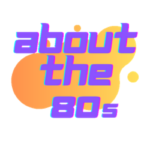
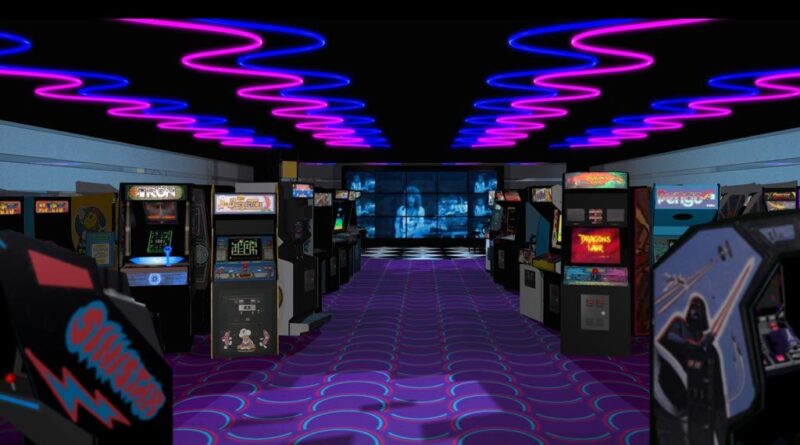


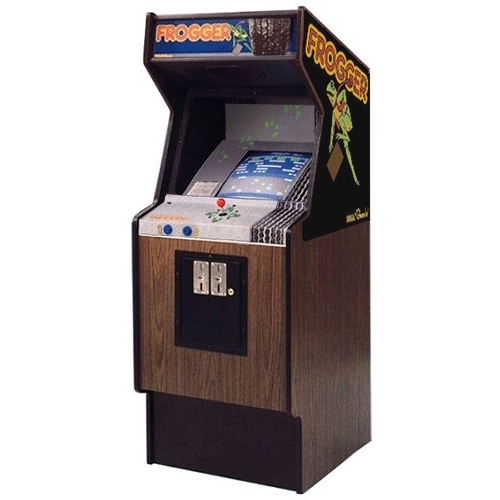
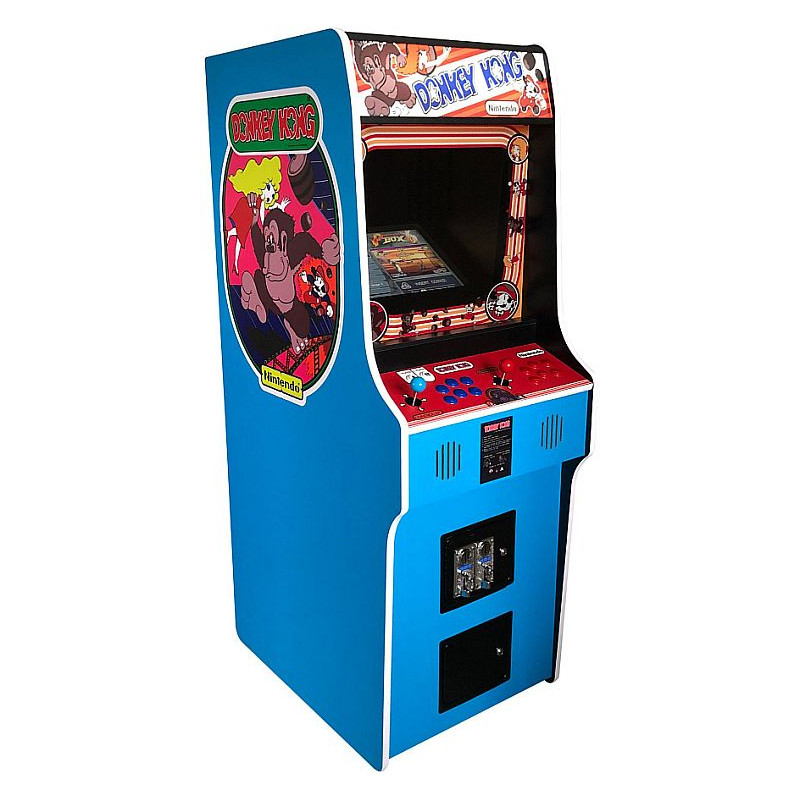
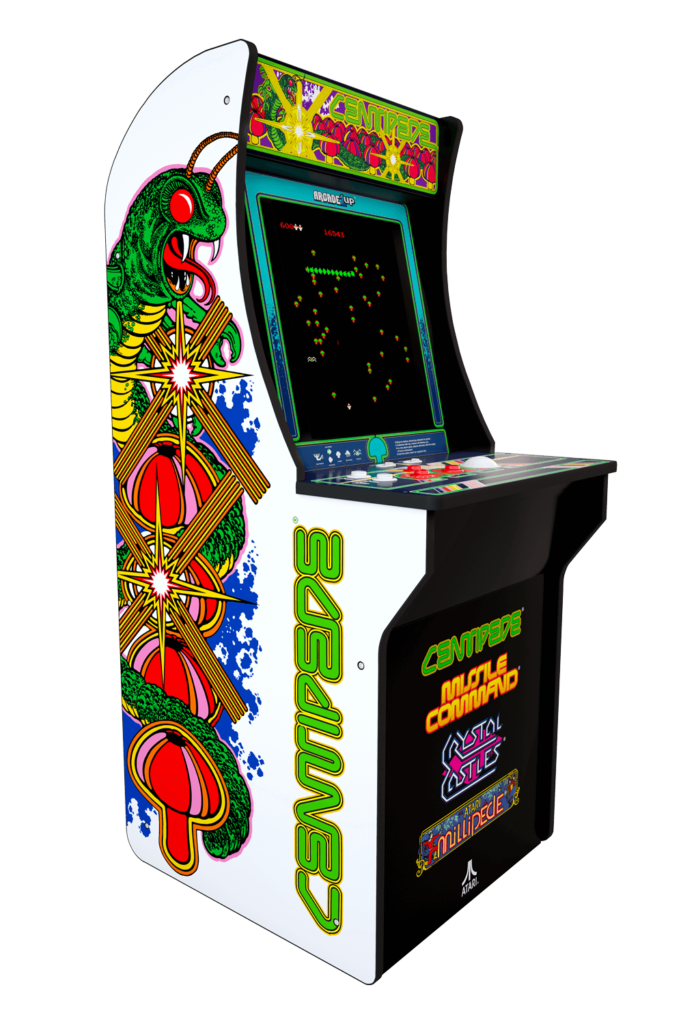
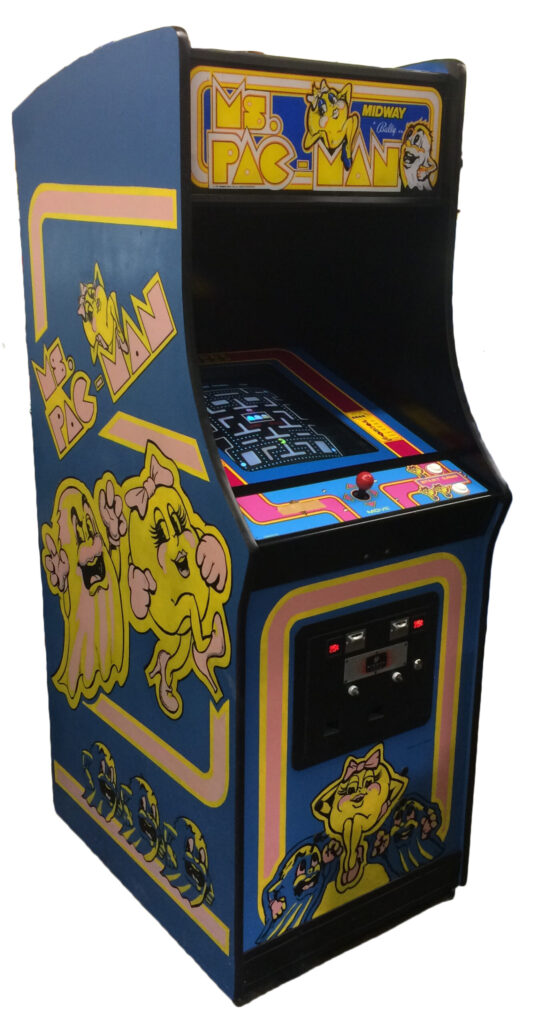
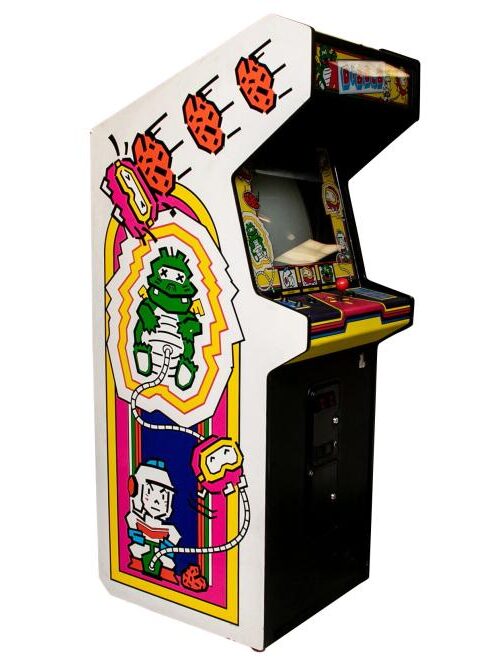
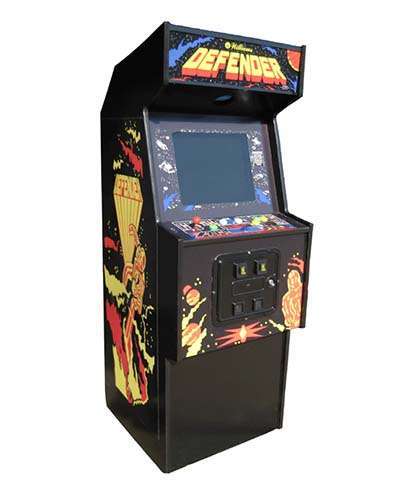



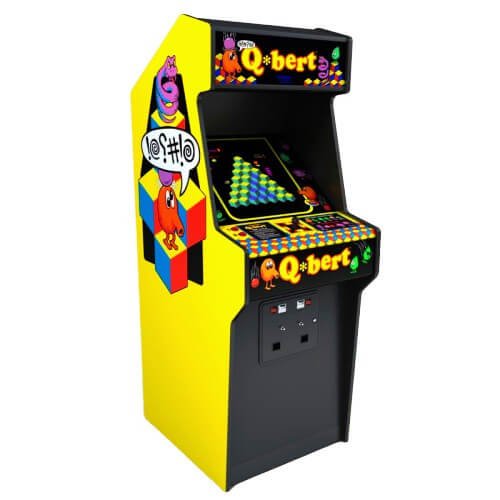


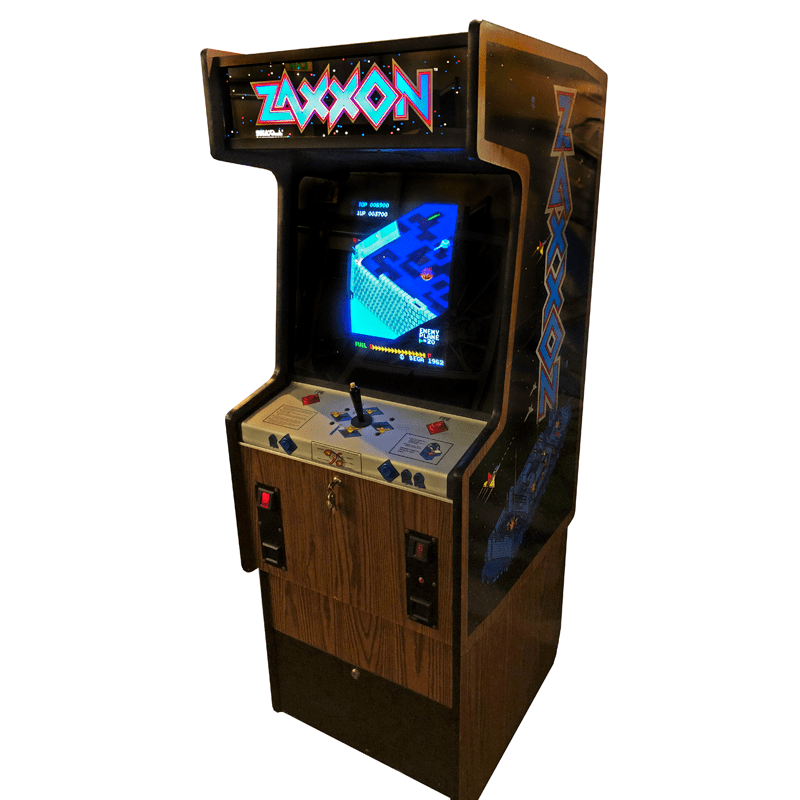


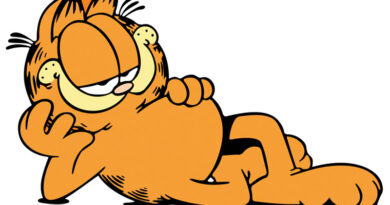

The 1983 game was Mario Bros, not Super Mario Bros, right? Apart from raising the profile of the Italian duo, it was a controversial game criticised for lacklustre controls. The 80s was a golden age for video games, and any list will be debatable. Still, many of these are classics, but definitely not Mario Bros!
Those games were so awesome! I would play them from sundown to sunup.lol one place I’d go to all the time was “the emporium” that was in Arlington Texas,and they had about a hundred machines in there and that place was packed every weekend, what a blast!